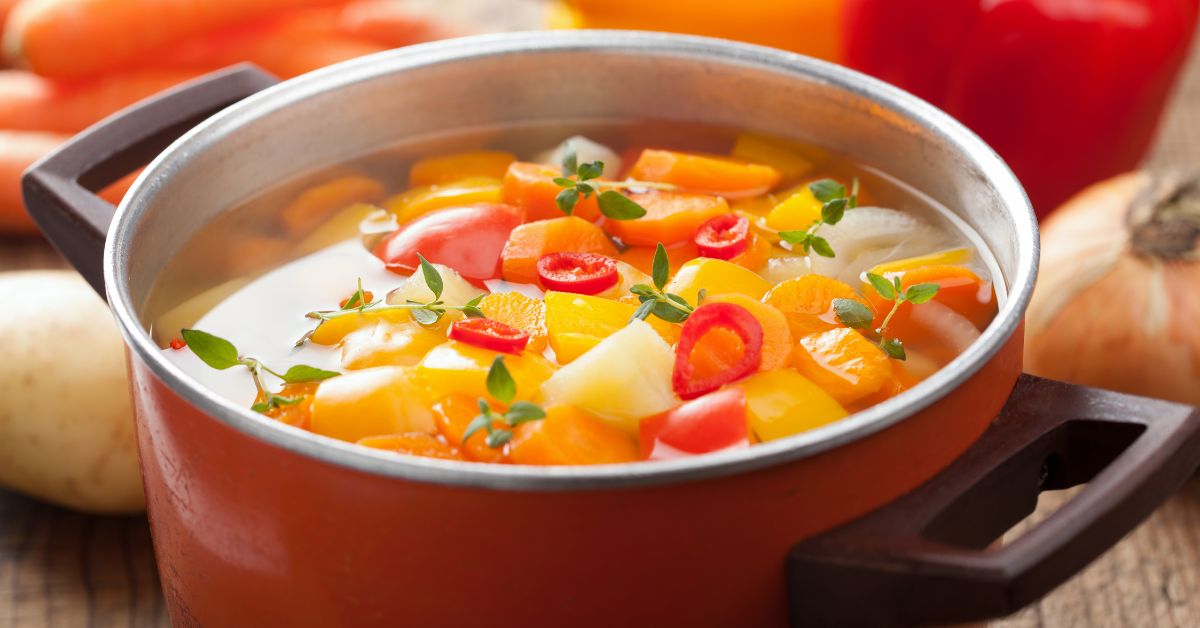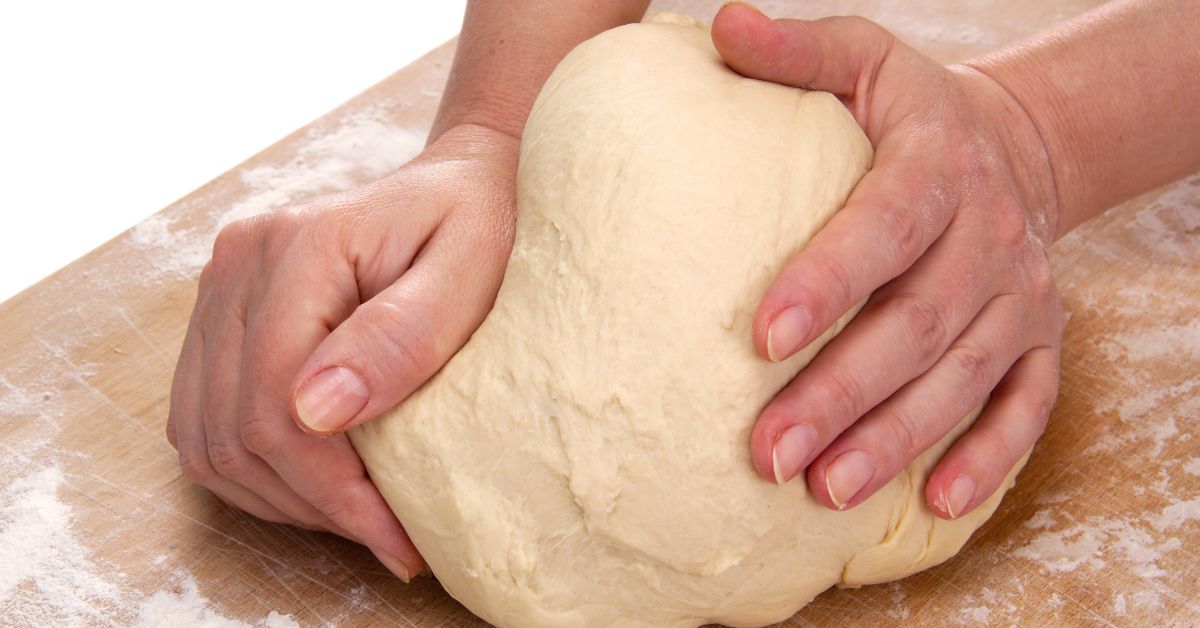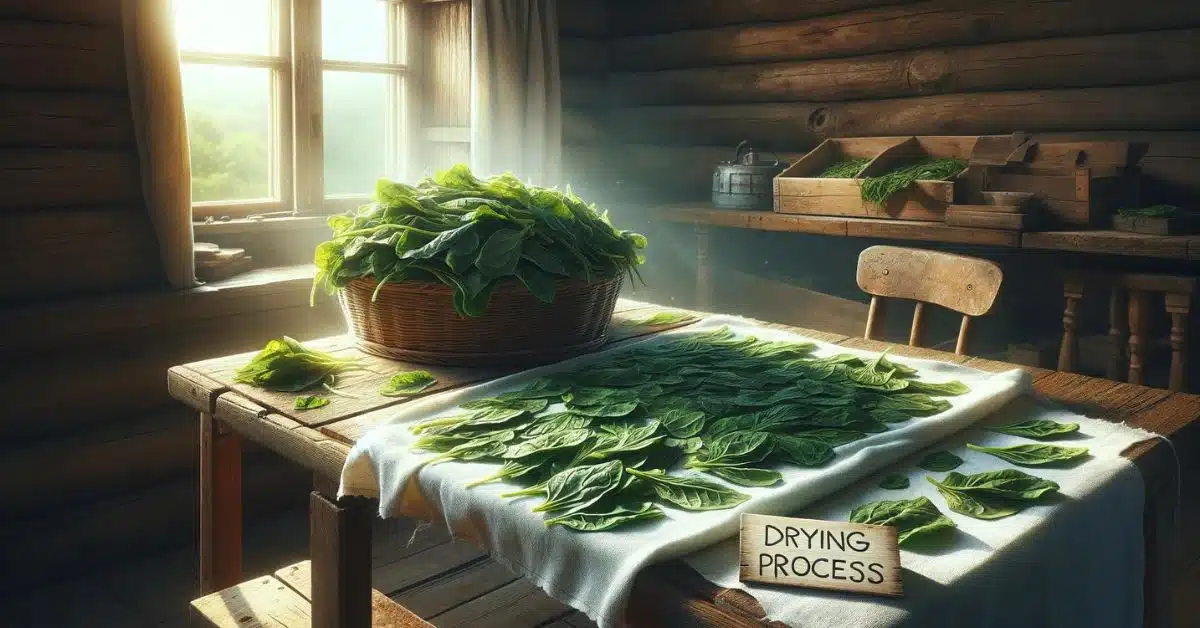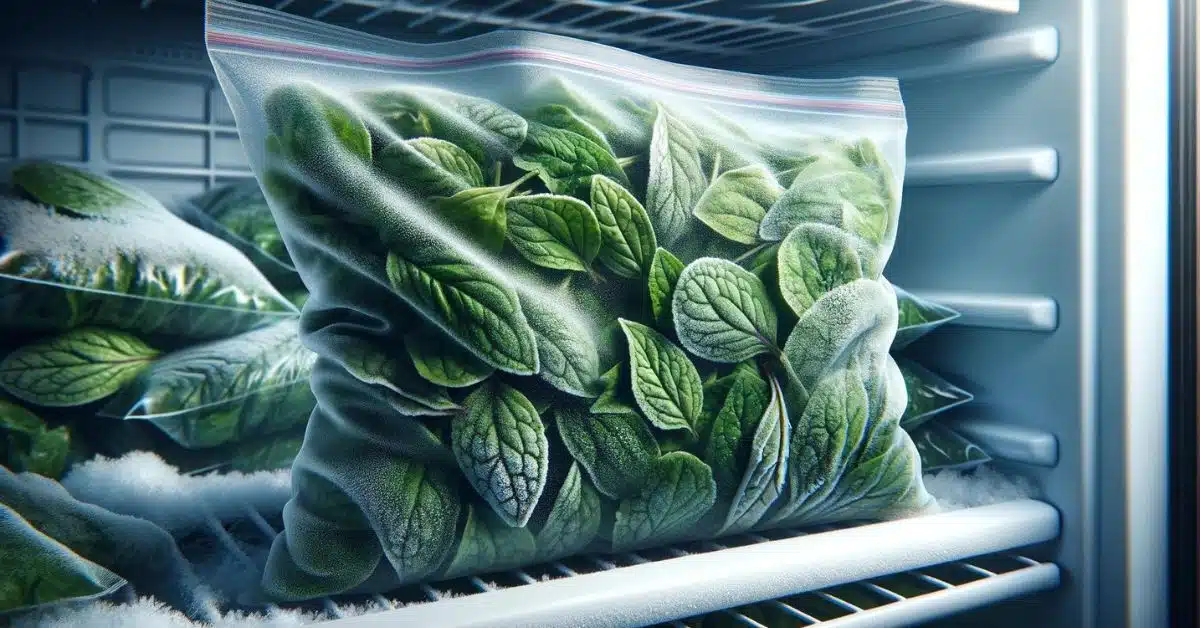When we say Easter, many of us see a variety of family traditions, memories and smells that are inextricably linked with this holiday. One of the most distinctive and delicious traditions is undoubtedly the preparation of Easter lamb. Deeply rooted in cultural and religious traditions around the world, this dish is a symbol of renewal and celebration of life. And roast lamb with herb crust is a culinary experience that can bring people together around the table, share stories and create new memories.
Choosing, preparing and baking lamb for Easter is an art that requires not only skills, but also a love of cooking and an understanding of the traditions that accompany this dish. Lamb meat, thanks to its delicate taste and juiciness, offers endless possibilities for culinary creativity, and when it is enriched with the aroma and taste of fresh herbs, it becomes a real delicacy that will enchant any gourmet.
But making the perfect herb-crusted Easter lamb is more than just following a recipe. It is a process that begins with the selection of quality meat, continues with careful marinating, and ends with careful baking, while each step has its own specifics and secrets that need to be known and respected. It is also an opportunity for every chef to demonstrate his passion for cooking and his ability to transform traditional ingredients into something extraordinary.
The history and symbolism of the Easter lamb
Lamb has traditionally been associated with Easter since biblical times, when the lamb sacrifice ritual was performed before Passover as a symbol of liberation and a new beginning. In the Christian tradition, the lamb symbolizes Jesus Christ, the “Lamb of God”, who made a sacrifice for the sins of mankind. This powerful symbolism has passed down the centuries and lamb has become an integral part of Easter celebrations in many cultures around the world.
Choice of lamb
The key to the perfect preparation of lamb is its correct selection. Choose meat from young lambs, which are more tender and have a less pronounced flavor. The meat should be pink with a slight marbling, indicating that it will be juicy and tender when cooked. The ideal choice is a leg of lamb or a loin, which are ideal for slow roasting.
Marinating and preparation
Marinating lamb is not just about flavor; it’s a process that ensures the meat is juicy and tender after cooking. The basis of the marinade should be fresh herbs such as rosemary, thyme and parsley, which perfectly complement the taste of the lamb. Add crushed garlic, olive oil, salt and freshly ground black pepper. Let the lamb rest in the marinade in the refrigerator for at least a few hours, ideally overnight.
Roasting lamb
Roasting lamb requires patience and attention. Preheat the oven to 190°C. Remove the lamb from the marinade and let it rest for a while at room temperature. Before baking, dry the meat with a paper towel to achieve a beautiful golden crust. Place the lamb in the oven and cook according to the size and your preferred degree of doneness. In general, for every 500g of meat, you should calculate approximately 20 minutes of cooking time for medium-rare meat. While cooking, regularly baste the meat with its own juices or marinade, which will ensure that it will be juicy and full of flavor.
Making the herb crust
For an extra layer of flavor and texture, you can apply a herb crust to the lamb before the end of cooking. Simply mix chopped fresh herbs with a little olive oil and breadcrumbs to create a sticky mixture. Apply this mixture to the surface of the meat approximately 10-15 minutes before the end of cooking, which will achieve a tender and aromatic layer.
Serving
When the lamb is perfectly cooked, it is important to let it rest for a few minutes before slicing. This step will ensure that the juices inside the meat are evenly distributed and the meat will be juicy when sliced. Serve the lamb with spring vegetables such as green asparagus, baby carrots or new potatoes, which can be prepared in a pan or baked in the oven with the meat.
Storage
If you have leftover lamb from a holiday feast, you can use it in various recipes, such as salads, sandwiches or soups. Keep the remaining meat in the refrigerator and use it within 2-3 days.
Roasted lamb with herb crust is a dish that reflects the spring revival and moments spent together at the Easter table. It may take a little more time and effort to prepare, but the result—juicy, tender meat full of flavor—is truly rewarding. With these tips and techniques, you can prepare the perfect lamb that will wow your guests and become the highlight of your Easter feast. Let this holiday be a time of joy, renewal and unforgettable gastronomic experiences for you and your loved ones.
Easter lamb questions and answers
How do I choose the best lamb for roasting?
Choose lamb from young lambs that are tender with a slightly pink color. Preferably, look for pieces with even marbling, which will ensure the juiciness of the meat during baking.
Is it necessary to marinate the meat before baking?
Yes, marinating is key to achieving maximum flavor and juiciness. Marinating in a mixture of fresh herbs, garlic and olive oil can significantly enrich the taste of meat. It is recommended to marinate the meat for at least a few hours, ideally overnight.
What temperature should I use for roasting lamb?
Lamb meat is best baked at a temperature of around 190°C. At a lower temperature, the meat cooks more slowly, which ensures that it will be juicy and tender.
How long should I cook the lamb?
The baking time depends on the size and type of meat. The general rule is 20 minutes of baking for every 500g of meat for medium well-done lamb. Always use a meat thermometer to accurately determine the perfect degree of doneness.
How do I prepare the herb crust?
You prepare the herb crust by mixing chopped fresh herbs with a little olive oil, breadcrumbs, salt and pepper. Apply this mixture to the meat before the end of baking and let it bake until golden.
Can I cut the lamb immediately after baking?
No, it is important to let the meat rest for at least 10-15 minutes after baking. This will ensure that the juices remain in the meat, making it juicier and tastier.
What vegetables go well with roast lamb?
Spring vegetables such as asparagus, young carrots, new potatoes or green peas go well with lamb. You can bake them together with the meat or prepare them separately, according to your preference.



